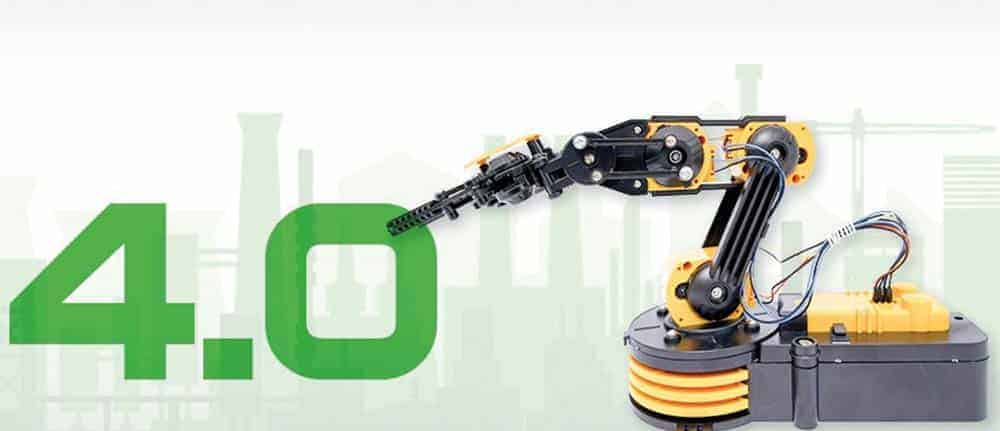The challenge of data overload: control it or drown in it?


According to Gartner analysts, around 7.5 billion IoT components will be used in industry, retail and logistics alone in three years' time. Among other things, their data must be filtered, analyzed and used as the basis for machine learning.
With SAP Leonardo, SAP provides a platform for such tasks. However, there are a number of key points that need to be taken into account if the flood of data generated by the IIoT is actually to be used profitably.
Clear strategy instead of wasting resources
As practice shows, the problem usually does not start with the selection of the right data platform and its interaction with ERP, but much earlier: You first have to have a clear strategy of what you want to achieve with your data in the first place.
Blindly evaluating data in individual projects and hoping to achieve useful results by chance is a waste of resources. Especially since data is available in abundance in most companies, but its quality and relevance leave much to be desired.
To separate the wheat from the chaff when it comes to data, filtering - ideally at the edge of the network - is ideal. Solutions such as Fujitsu Intelliedge enable what is known as pre-analysis, with which data is already selected at the source in a tailored manner.
The meaningful data is then used to train central machine learning models. Centralized learning, decentralized execution is the motto here.
Another critical aspect for success is the orchestration of the increasingly heterogeneous IT. Where once a central ERP system simply collected and provided all the data, various cloud services are now usually used in addition - be it Microsoft Azure, Google Cloud Services or various IoT solutions.
The growing number of cross-company processes and data flows also ensures increasing heterogeneity. Monolithic solutions are thus being replaced by small units that operate according to the principle of microservices.
For these distributed systems to work together, the "right" infrastructure must be in place: It provides functions for communication, orchestration and collaboration. Added to this are data management and analysis functions.
SAP Leonardo
SAP Leonardo is predestined as a central platform for all areas that are close to the business. These include, for example, the evaluation of mass data (machine data) in the manufacturing industry, the prediction of customer behavior in interaction with (SAP) CRM, so-called invoice matching, and machine learning, in which the aforementioned principle of centralized learning and decentralized execution is particularly important.
Conclusion
Experience from previous proof of concepts and initial projects shows that SAP Leonardo offers numerous functions to enable successful interaction between the Industrial Internet of Things and central enterprise IT.
A first step are often so-called "rapid prototypes", which make it possible to validate ideas and show development potentials. But beyond that, integration into a comprehensive strategy that also includes other platforms and services is essential.
Because without a fundamental concept, clear goals, and reasonable data quality and intelligent selection of the masses of data generated in the IIoT, the use of any central platform is doomed to failure.







